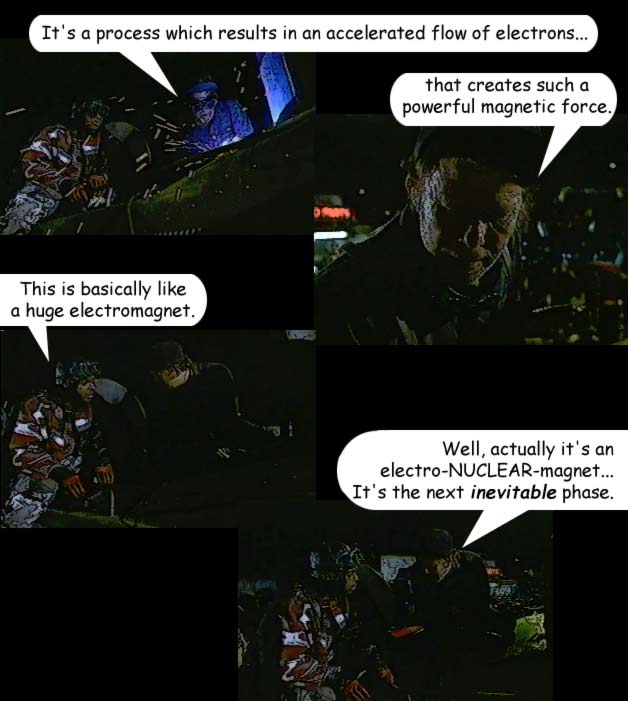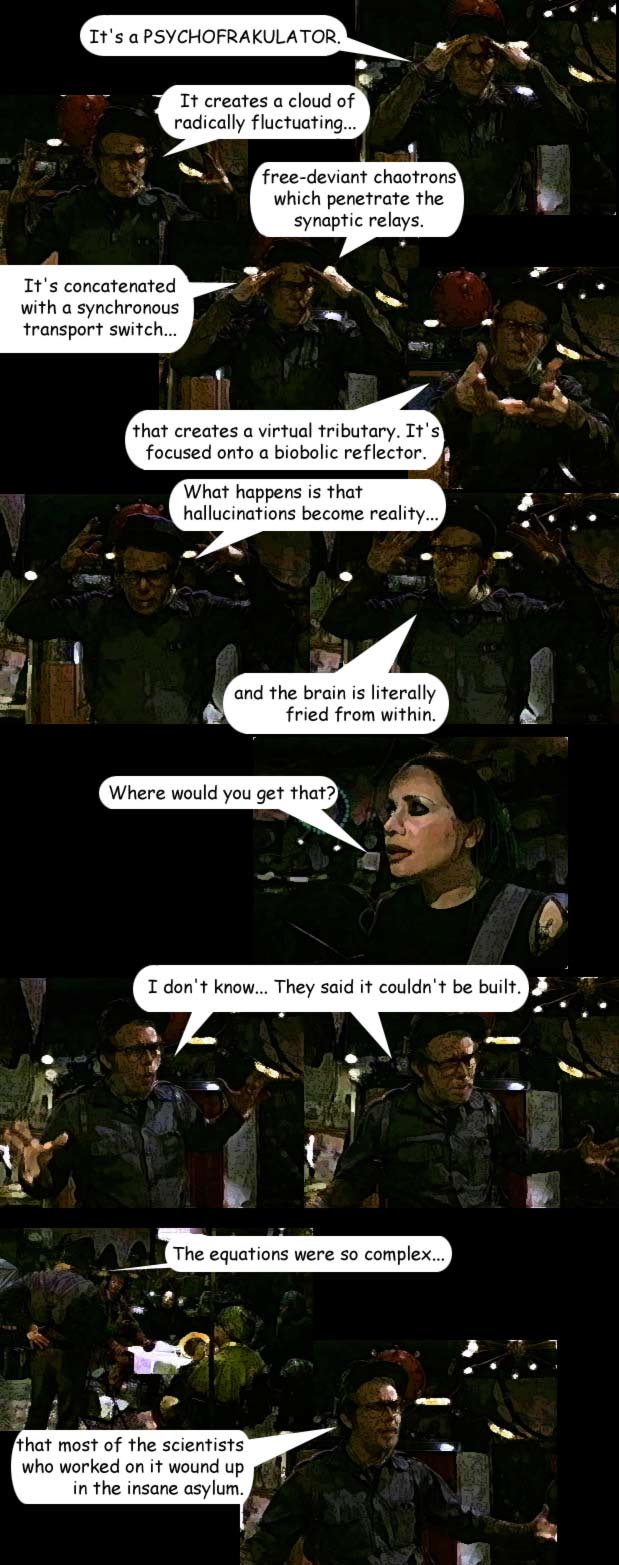^^Personally, I very much doubt that 23rd-century spaceships will be built out of individual metal hull plates at all, no matter how cool it looks on a movie miniature. Welded seams are structural weak points and add excess mass. A futuristic ship hull would probably be a single, continuous piece of lightweight, strong composite material formed in the desired shape -- much as modern aircraft hulls are made largely from carbon fiber. Future materials science should give us composites even stronger than carbon fiber, and considerably stronger and lighter than any metal.
But of course that idea wouldn't have been around (or well-known) in 1979 when the refit Enterprise enshrined the idea of individual hull plates being rendered on a ship miniature, and by now the precedent is too well established in the Trekverse. Hull plates have the advantage of conveying a desired visual impression to the audience (they give a sense of scale and texture) and they help perpetuate the desired analogy between starships and naval vessels of the past and present. The welding scenes in the teaser trailer serve the same narrative purposes.
(By the way, Rick, would you happen to know whose idea it was to put distinct, differently shaded hull plates on the TMP Enterprise? Was it going to be a feature of the Phase II ship, or was it added for the new miniature built with the big screen in mind?)
But of course that idea wouldn't have been around (or well-known) in 1979 when the refit Enterprise enshrined the idea of individual hull plates being rendered on a ship miniature, and by now the precedent is too well established in the Trekverse. Hull plates have the advantage of conveying a desired visual impression to the audience (they give a sense of scale and texture) and they help perpetuate the desired analogy between starships and naval vessels of the past and present. The welding scenes in the teaser trailer serve the same narrative purposes.
(By the way, Rick, would you happen to know whose idea it was to put distinct, differently shaded hull plates on the TMP Enterprise? Was it going to be a feature of the Phase II ship, or was it added for the new miniature built with the big screen in mind?)





